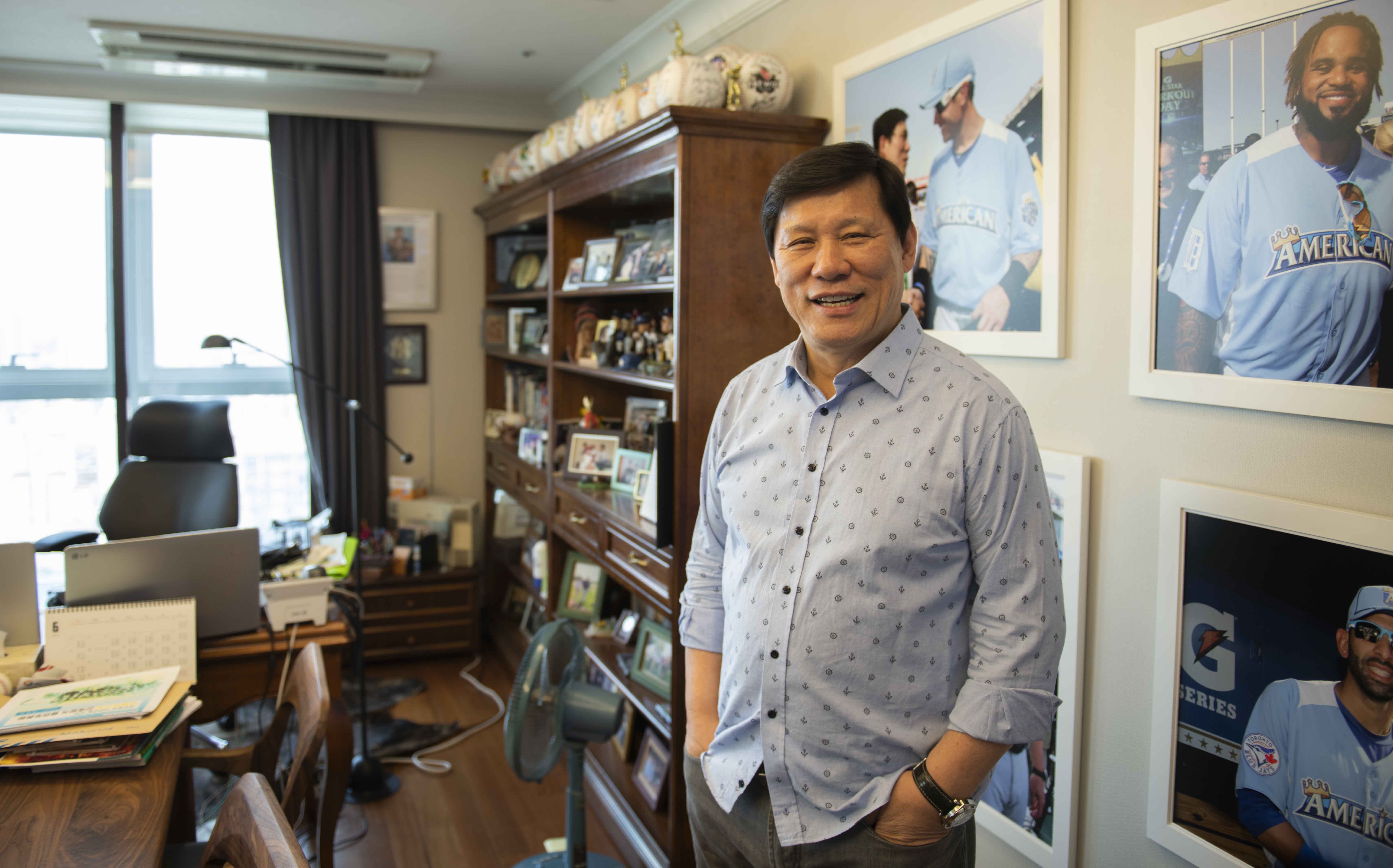The Best Fastball of 2019
We are truly living in the age of blazing fastballs. Pitchers are throwing harder than ever, and measurements like spin rates are getting recognized as a crucial tool for effectiveness. At the same time, the fastball is also getting rarer than ever, but the pitch is still quite valuable and that will never change. Having the most valuable fastball in the league is something that will catch a lot of fans’, scouts’, and front office members’ attention.
It’s easy to think that the most effective fastball in 2019 would be that of a classic fireballer. One could guess names like Justin Verlander, Gerrit Cole, or Max Scherzer. While those three are all having good seasons, our metrics have so far crowned someone else as having the best fastball of 2019 so far. The current fastball champ is none other than Jake Odorizzi. Depending on how much you’ve been following the Twins, you may be surprised to hear that Odorizzi has a 2.24 ERA and a 3.00 FIP in 14 starts this year. He’s boasting a career-best 28.3% strikeout rate while limiting home runs (0.71 HR/9IP) despite being an extreme fly-ball pitcher (29.4% ground-ball rate). Prior to this year, Odorizzi’s been known as a decent, middle-to-back-end pitcher, but not quite a top-of-the-rotation caliber starter like he’s been this season.
Arsenal-wise, Odorizzi’s fastball has been his best pitch in his career. It has accumulated 59.6 in wFB while the only other pitch that netted a positive value is his slider at 2.9. His other pitches — a cutter (-10.3), curveball (-8.2), and changeup (-18.9), have not. He’s done that without significantly backing off fastball usage, having used it 55.4% of the time in his career. This year, that figure is that 60.7%, which is the highest after his debut 2012 season (71.1%) in which he made only seven starts. Read the rest of this entry »


